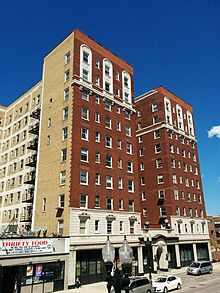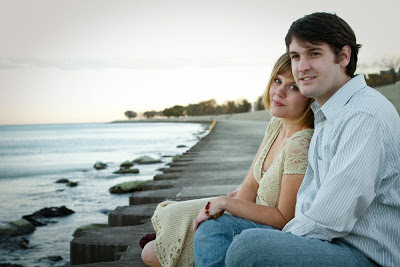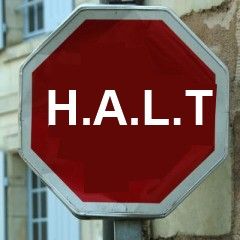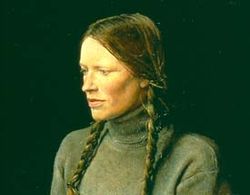Welcome to Spark My Muse! I love that you’re here.
Friday episodes are longer conversational ones with guests. Find the full list here.
Wednesday episodes are shorter, potent ones called “Soul School”. Find the full list here.
SPARK- LIVE: I also do live discussions with friends and guests on interesting topics about 3 times per month and feature the Replays here at the website. Sign up for those HERE; and follow me on Twitter for links and info. (Because some discussions are listed elsewhere.)
Scroll down for detailed show notes labeled by the minute, and don’t forget to subscribe to the podcast. If you feel so moved, get the 2-3 times monthly newsletter here that comes to you with love from me with insider info and extras.
Podcast: Play in new window | Download (Duration: 52:09 — 71.6MB) | Embed
Subscribe to Spark My Muse Apple Podcasts | Spotify | Email | TuneIn | RSS | Subscribe to Spark My Muse
Could you live with others communally and share everything in common? Money. Food. Living Space. Possessions. Goals. Identity. Your Future. Many of us may extoll the virtues of community but have minimal exposure with a lived-out experience. Tammy Perlmutter lives in a commune with her daughter and husband and you’ll learn her story today.
TO HEAR PART 2 -recorded as a followup- CLICK HERE
The longing for tight social bonds is so primal that even when the people we trust most betray us, we will seek out other opportunities for the solace of those connections until we find them.
 Tammy Perlmutter is a talented creator who lives with the intentional community of Jesus People USA, a commune of Christians that dates back over 40 years.
Tammy Perlmutter is a talented creator who lives with the intentional community of Jesus People USA, a commune of Christians that dates back over 40 years.
From Tammy’s website:
I’m an East Coast girl at heart, born and raised in Philadelphia, but (for the second time!) called to Chicago for ministry. I live and work with Jesus People USA, an intentional Christian community of 200 members, living together in the historic 10-story Chelsea Hotel. We are rooted in the Uptown neighborhood, described as “Twenties Charm Meets Psych Ward with No Walls,” to love and serve the homeless, disciple believers, and be a presence for Christ in Chicago. I have lived communally for 15 years, and even with all its challenges and hardships, I consider myself beyond blessed to experience authentic, organic community in all its crazy, chaotic richness.

From wikipedia:
Jesus People USA (JPUSA) is a Christian intentional community of 250 [this number is Lisa’s edit] people [1] in Uptown, on the North Side of Chicago, Illinois. It was founded in 1972,[2] coming out of Jesus People Milwaukee in the Jesus Movement, it is the largest of the few remaining communes from that movement. In 1989, JPUSA joined the Evangelical Covenant Church[3] as a member congregation, and currently has three pastors credentialed with the ECC. The community organized the former annual Cornerstone Festival.[4] (Click for wikipedia entry for JPUSA),
The group’s long-term existence and historic roots in the 1960s make it, according to sociologist Shawn Young, one of the most contemporary significant groups from the Jesus Movement era:
Founded in 1972, this community is one of the most significant surviving expressions of the original Jesus Movement of the sixties and seventies and represents a radical expression of contemporary countercultural evangelicalism. JPUSA’s blend of Christian Socialism, theological orthodoxy, postmodern theory and ethos of edgy artistic expression (as demonstrated at their annual music festival) prove what some scholars have longed suspected: evangelicalism is a diverse, complex movement, which simply does not yield to any attempt at categorization. [
The building where Tammy lives:

MIN 1:
INTRO
MIN 3:00
Tammy’s upbringing: living for 13 years in foster care around inner city Philadelphia and then a residential facility and being a lost girl.
MIN 10:00
How does Tammy think cycles of instability, abuse and addiction get broken and redeemed?
How hope happens?
11:00
Mentoring
Humiliation and despair.
12:00
A turning point when her case was turned over to Bethana social workers.
Being seen and heard for the first time.
13:00
Escaping into books and starting to write using the bookend papers.
15:30
Finding an intentional community (commune) JesusPeopleUSA
16:00
Cornerstone Festival and the rigged drawing
17:30
Being suicidal and living a dangerous lifestyle.
20:00
Keeping her promise about answering any question.
Finding a home instead of rejection.
22:30
Choosing a new life and the spiritual warfare battles she experienced at that point.
24:30
Being attracted to a Jewish East Coaster who she eventually married.
25:30
The Jews for Jesus experience that took them away from the community.
27:30
The deal to move back to Chicago and things feeling hopeless.
31:00
Being made for community and belonging.
33:30
Businesses that support the community and the ministries.
JPUSA.org
38:00
The History of Uptown Chicago
Being a voice for the poor.
The only family shelter in the city.
The tent community nearby.
43:00
Vocation as a theme
Building community and being downwardly mobile as vocation.
46:00
A calling on our lives.
The gift of going first.
The Mudroom
Raggle Tangle: Invest in the Mess.
49:00
Making room for the mess
If you liked the episode please share it!
If this topic interests you, listen to the episode with activist Shane Claiborne who started the intentional inner city community in Philadelphia called The Simple Way. HEAR that here.






 Today, we welcome journalist, reporter, and writer…
Today, we welcome journalist, reporter, and writer…




